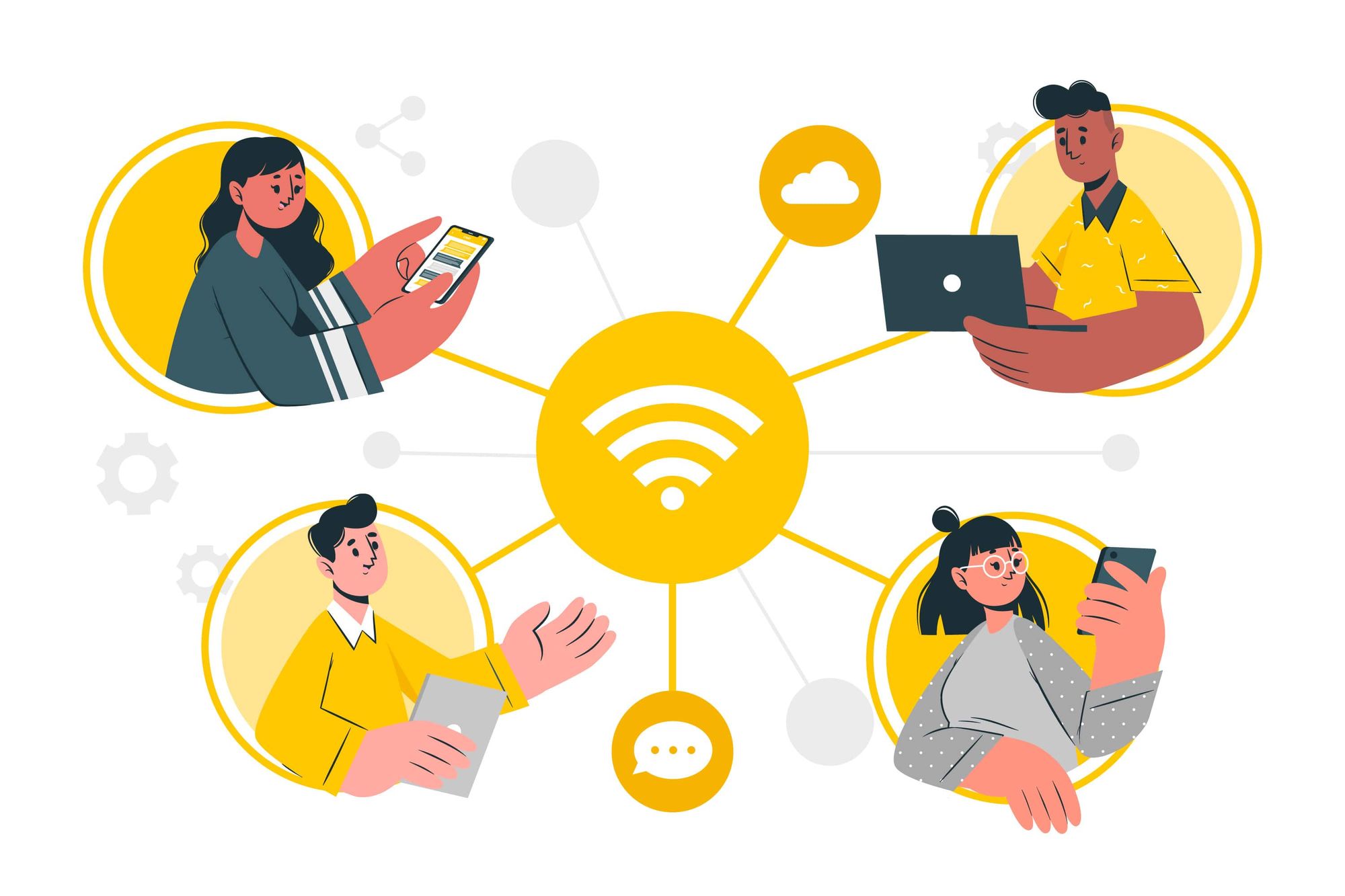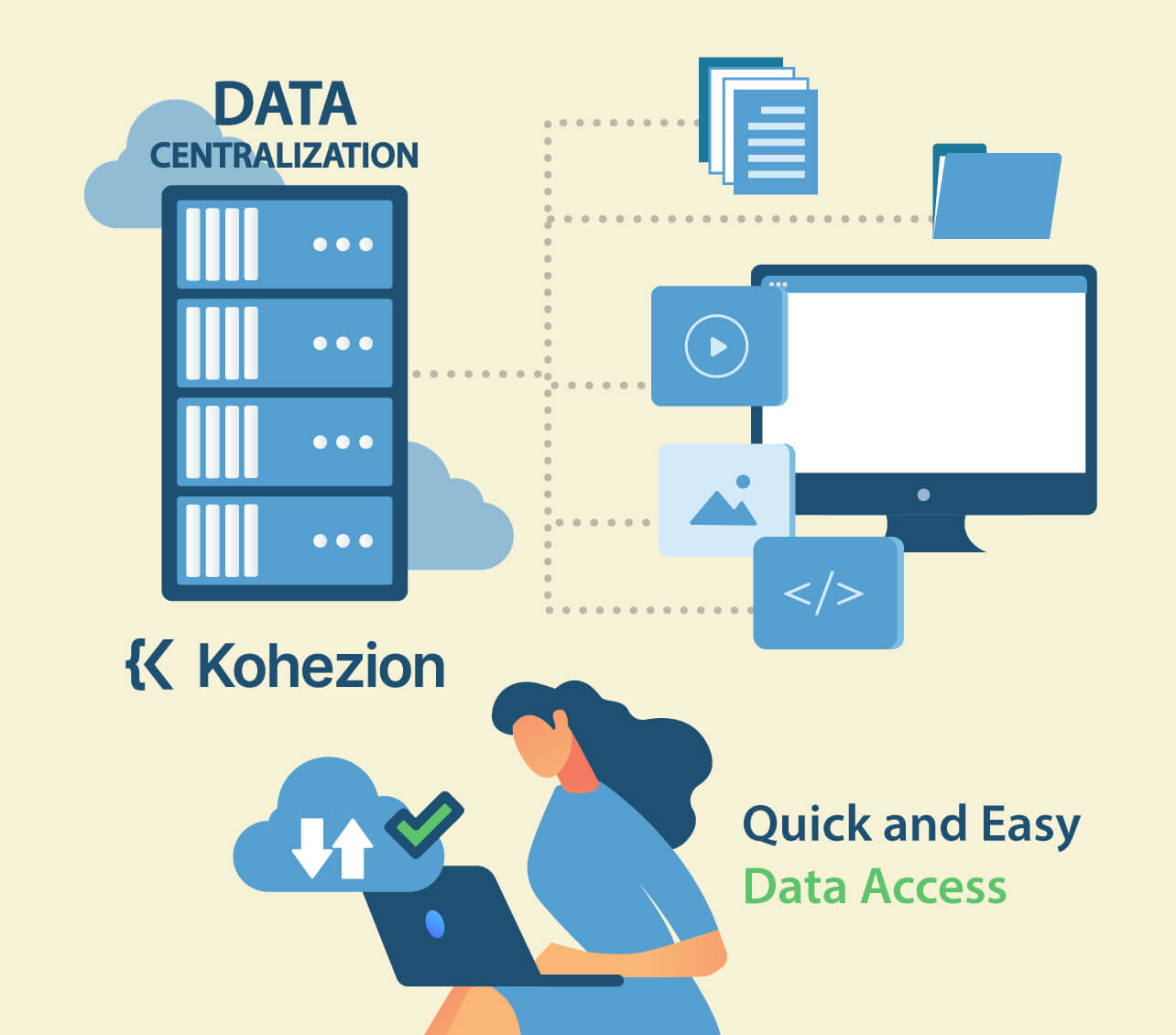Professional Courses
Industry-relevant training in Business, Technology, and Design to help professionals and graduates upskill for real-world careers.
Categories
Interactive Games
Fun, engaging games to boost memory, math fluency, typing speed, and English skills—perfect for learners of all ages.
Typing
Memory
Math
English Adventures
Knowledge
Enroll to start learning
You’ve not yet enrolled in this course. Please enroll for free to listen to audio lessons, classroom podcasts and take practice test.
Interactive Audio Lesson
Listen to a student-teacher conversation explaining the topic in a relatable way.
Introduction to Computer Networks
Unlock Audio Lesson
Signup and Enroll to the course for listening the Audio Lesson

Welcome, class! Today, we're diving into what a computer network is. Can anyone tell me what they think it means?

Isn’t it just a way for computers to talk to each other?

Exactly! A computer network is a group of interconnected devices that communicate and share resources. This includes computers, printers, and various devices connected to the internet.

So, does that mean when I send an email, I'm using a network?

Correct! Sending an email is a perfect example of how we use networks for communication. Just remember, networks enable resource sharing and efficient communication.

What kind of resources can be shared?

Great question! Resources can include files, printers, and even internet access. This is what makes networks so valuable.

What are the benefits of having a network?

The benefits include resource sharing, enhanced communication, better data management, and cost efficiency. Each of these plays a vital role in how we interact with technology daily.

To summarize, a computer network connects devices for communication and resource sharing. Understanding this helps us appreciate the technology we frequently use.
Benefits of Computer Networks
Unlock Audio Lesson
Signup and Enroll to the course for listening the Audio Lesson

Now let’s discuss some specific benefits of computer networks. Can anyone name a benefit?

Resource sharing?

Yes! Resource sharing is a key benefit. When devices are connected, they can share printers and files without needing separate devices for everyone, which is more efficient.

What about communication?

Absolutely! Communication through networks allows for emails, chats, and even video calls, making it easier to connect regardless of distance. Remember the acronym C.R.D.C., which stands for Communication, Resource sharing, Data management, and Cost efficiency!

How does data management work in networks?

In networks, data management improves by centralizing storage, making backups easier and more reliable. This means less chance of losing important information.

What about cost savings?

Having a network can significantly reduce hardware costs since devices like printers and servers can be shared across users—leading to better budget management overall.

In conclusion, through resource sharing, enhanced communication, centralized data management, and cost efficiency, computer networks are essential for modern technology use.
Introduction & Overview
Read a summary of the section's main ideas. Choose from Basic, Medium, or Detailed.
Quick Overview
Youtube Videos

Audio Book
Dive deep into the subject with an immersive audiobook experience.
Definition of a Computer Network
Unlock Audio Book
Signup and Enroll to the course for listening the Audio Book
A computer network is a group of interconnected computers and other devices that can communicate and share resources like files, printers, and internet connections.
Detailed Explanation
A computer network is essentially a collection of systems that are linked together, allowing them to interact and exchange data. These could include personal computers, printers, servers, and other devices. The key aspect is interconnectivity, enabling various devices to communicate seamlessly over the network.
Examples & Analogies
Think of a computer network like a city road system. Just like roads connect different parts of the city, allowing cars to travel between locations, a computer network connects devices, allowing them to send and receive information.
Definitions & Key Concepts
Learn essential terms and foundational ideas that form the basis of the topic.
Key Concepts
-
Computer Network: A system of interconnected devices that communicate and share resources.
-
Resource Sharing: Enables multiple users to access shared files and devices efficiently.
-
Communication: Utilizes networks for interactions like emails, chats, and calls.
-
Data Management: Centralizes data for improved backup and management.
-
Cost Efficiency: Reduces hardware expenses by allowing shared device access.
Examples & Real-Life Applications
See how the concepts apply in real-world scenarios to understand their practical implications.
Examples
-
A local coffee shop using a Wi-Fi network for customers to access the internet.
-
A corporate office where multiple employees share printers and file storage through a network.
Memory Aids
Use mnemonics, acronyms, or visual cues to help remember key information more easily.
🎵 Rhymes Time
-
When computers share with ease, Networks help us work with these.
📖 Fascinating Stories
-
Imagine a town where houses share a library. Each house can read and return books without buying them. This town illustrates how networks allow for resource sharing, just like houses sharing valuable resources.
🧠 Other Memory Gems
-
Remember 'C.R.D.C.' for the benefits of networks: Communication, Resource sharing, Data management, Cost efficiency.
🎯 Super Acronyms
Use the acronym 'C.R.E.D.' - Communication, Resource sharing, Efficiency, Data management.
Flash Cards
Review key concepts with flashcards.
Glossary of Terms
Review the Definitions for terms.
-
Term: Computer Network
Definition:
A group of interconnected computers and devices that can communicate and share resources.
-
Term: Resource Sharing
Definition:
The ability to share various assets, such as files, internet connections, and peripheral devices among multiple users.
-
Term: Communication
Definition:
The act of exchanging information through various channels, including emails, chats, and video calls.
-
Term: Data Management
Definition:
The administrative process of collecting, keeping, and utilizing data effectively and efficiently.
-
Term: Cost Efficiency
Definition:
The optimization of expenses by minimizing costs while maximizing resources.
Benefits of Networks
- Resource Sharing: This allows multiple users to access devices like printers and shared files, optimizing resource use.

- Communication: Through networks, users can engage in emails, chats, and video calls, enhancing connectivity.

- Data Management: With centralized systems, data is managed more effectively, leading to improved backup and storage solutions.

- Cost Efficiency: Networks lower hardware costs by allowing device sharing, reducing the need for individual devices.

Computer networks form the backbone of modern digital communication and enable organizations and individuals to connect seamlessly.
